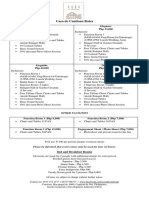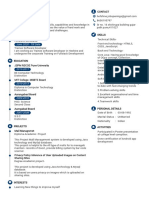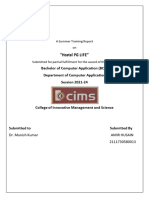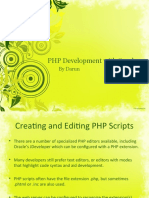0% found this document useful (0 votes)
122 views3 pagesComprehensive HTML Guide for Beginners
This eBook will cover everything you need to know about HTML, from the basics to advanced topics, enabling you to build professional-grade websites with ease. Each chapter will include practical examples and exercises to reinforce your learning. Happy coding!
Uploaded by
marovac967Copyright
© © All Rights Reserved
We take content rights seriously. If you suspect this is your content, claim it here.
Available Formats
Download as PDF, TXT or read online on Scribd
0% found this document useful (0 votes)
122 views3 pagesComprehensive HTML Guide for Beginners
This eBook will cover everything you need to know about HTML, from the basics to advanced topics, enabling you to build professional-grade websites with ease. Each chapter will include practical examples and exercises to reinforce your learning. Happy coding!
Uploaded by
marovac967Copyright
© © All Rights Reserved
We take content rights seriously. If you suspect this is your content, claim it here.
Available Formats
Download as PDF, TXT or read online on Scribd
/ 3












































































